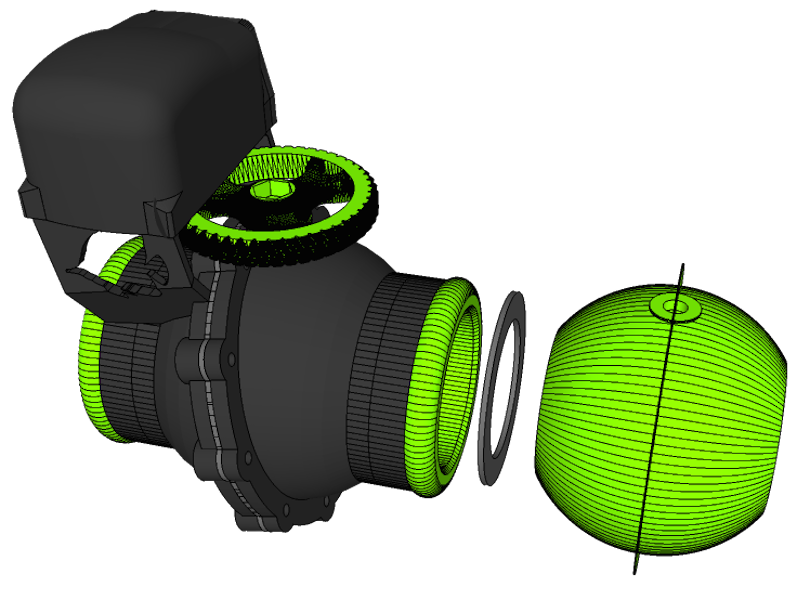Hi all,
Long time, no post.
I'm a few months in on starting up a new system (been out of the hobby for a few years; kid, house, job... the usual story) and wanted to get a build thread going. I know there are a lot of these around and many enjoy reading them (I do). But I hope this one will be a bit different.
I putting together a large-ish system (180 gallon display, 20 gallon surge and 40 gallon sump) that is mostly DIY. The build centers on a modular control system (I'm calling it ReefMod) that places control and processing for specific tasks local to each module. The modules are Arduino based and talk with each other over an addressed serial bus. As things progress I'll be releasing each module (and eventually the master controller) as an open source project and hopefully making all files available in my threads. The whole thing is being optimized for desk top manufacturing; In my case that means mechanical parts are primarily 3D printed and the with some printer mods, the PCBs can be too.
Here are some pics to get this all started:
The stand getting mounted in place. It is pine and there is a ton of mill work that went into this. Wish I had pics, but I realized only too late that I neglected to take any as I was milling parts. Where the sump sits is all epoxied with a 1/2" bulkhead recessed in it for a drain. The shelf above the tank (for the 20 gallon surge is done the same).

The tank in place as viewed from the family room. Still needs trim on this side.
I topped the stand with 3/4" birch veneer plywood, which you can see a bit in the picture.

Things a bit more together as viewed in the tank room. The rock was just dumped in in this shot. The room doubles as a guest room and I needed it out of the floor.

Long time, no post.
I'm a few months in on starting up a new system (been out of the hobby for a few years; kid, house, job... the usual story) and wanted to get a build thread going. I know there are a lot of these around and many enjoy reading them (I do). But I hope this one will be a bit different.
I putting together a large-ish system (180 gallon display, 20 gallon surge and 40 gallon sump) that is mostly DIY. The build centers on a modular control system (I'm calling it ReefMod) that places control and processing for specific tasks local to each module. The modules are Arduino based and talk with each other over an addressed serial bus. As things progress I'll be releasing each module (and eventually the master controller) as an open source project and hopefully making all files available in my threads. The whole thing is being optimized for desk top manufacturing; In my case that means mechanical parts are primarily 3D printed and the with some printer mods, the PCBs can be too.
Here are some pics to get this all started:
The stand getting mounted in place. It is pine and there is a ton of mill work that went into this. Wish I had pics, but I realized only too late that I neglected to take any as I was milling parts. Where the sump sits is all epoxied with a 1/2" bulkhead recessed in it for a drain. The shelf above the tank (for the 20 gallon surge is done the same).
The tank in place as viewed from the family room. Still needs trim on this side.
I topped the stand with 3/4" birch veneer plywood, which you can see a bit in the picture.
Things a bit more together as viewed in the tank room. The rock was just dumped in in this shot. The room doubles as a guest room and I needed it out of the floor.

